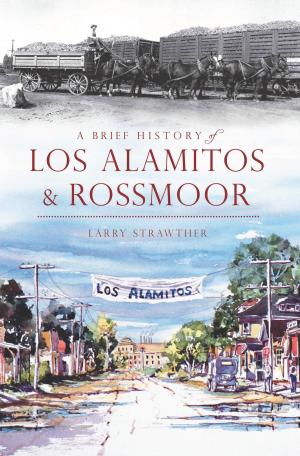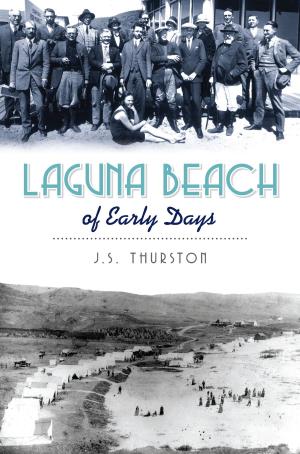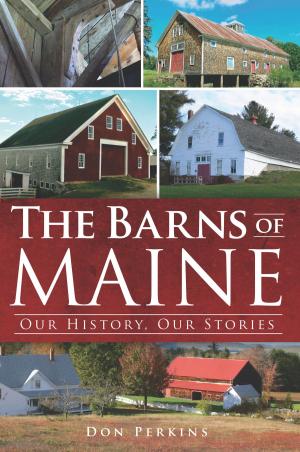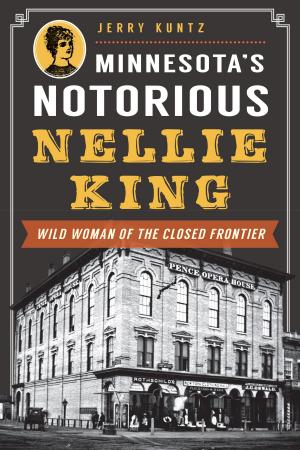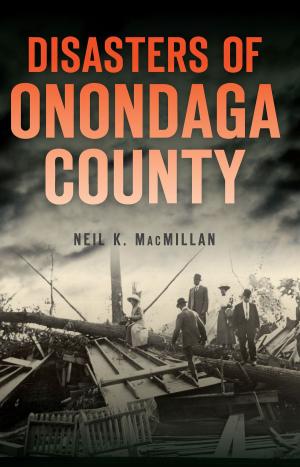| Author: | McKeesport Heritage Center Volunteers | ISBN: | 9781439634660 |
| Publisher: | Arcadia Publishing Inc. | Publication: | June 20, 2007 |
| Imprint: | Arcadia Publishing | Language: | English |
| Author: | McKeesport Heritage Center Volunteers |
| ISBN: | 9781439634660 |
| Publisher: | Arcadia Publishing Inc. |
| Publication: | June 20, 2007 |
| Imprint: | Arcadia Publishing |
| Language: | English |
Located at the confluence of the Youghiogheny and Monongahela Rivers, McKeesport was settled by David McKee in 1755. In 1769, McKee acquired land from the Colonial government and one of his sons, John, laid out a village that became known as McKee�s Port because a ferry was operating there. Early industries included coal mining and the building of flatboats, and in 1851, an ironrolling mill was started. Industry continued to boom as steamboats and railroads soon appeared, and in 1872, National Tube was founded and joined by other steel industries and foundries. The growing industries created an abundance of jobs, and immigrants from throughout Europe flocked to the area. McKeesport still maintains a strong ethnic heritage. Through vintage photographs, McKeesport documents the history of this once booming steel town from the development and subsequent loss of its major industry to its recent revitalization.
Located at the confluence of the Youghiogheny and Monongahela Rivers, McKeesport was settled by David McKee in 1755. In 1769, McKee acquired land from the Colonial government and one of his sons, John, laid out a village that became known as McKee�s Port because a ferry was operating there. Early industries included coal mining and the building of flatboats, and in 1851, an ironrolling mill was started. Industry continued to boom as steamboats and railroads soon appeared, and in 1872, National Tube was founded and joined by other steel industries and foundries. The growing industries created an abundance of jobs, and immigrants from throughout Europe flocked to the area. McKeesport still maintains a strong ethnic heritage. Through vintage photographs, McKeesport documents the history of this once booming steel town from the development and subsequent loss of its major industry to its recent revitalization.

